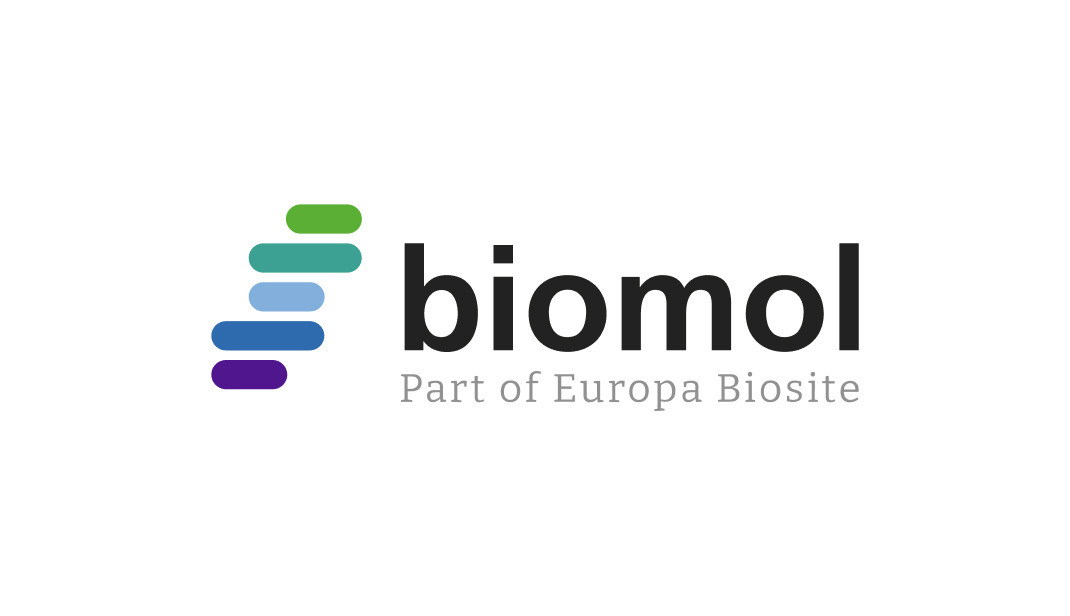The transmembrane protein Claudin 18.2 has long been a focal point in cancer research due to its high therapeutic potential – especially in gastric, pancreatic, and esophageal cancers, where it is frequently overexpressed [1]. However, studying this complex protein outside of cellular systems has been extremely challenging, as its expression is technically demanding. Claudin 18.2 features four transmembrane domains, which pose typical difficulties for protein production. The main problems associated with conventional methods include hydrophobicity and aggregation. Transmembrane proteins contain extensive hydrophobic regions that span the cell membrane – often resulting in protein misfolding and the formation of insoluble inclusion bodies rather than functional proteins. Proper folding generally requires integration into a lipid bilayer – something that many standard expression systems cannot adequately support. As a result, recombinant transmembrane proteins are frequently misfolded, rapidly degraded, and produced in only low yields. Furthermore, solubilizing these proteins without disrupting their structure is difficult, as it typically requires detergents – which may denature the protein or interfere with downstream assays [2].
That’s a whole series of technical hurdles – but our partner KACTUS has risen to the challenge with impressive success: KACTUS was the first company worldwide to express full-length, native Claudin 18.2 in mammalian cells – a true milestone in membrane protein research! The key to this breakthrough? The use of so-called VLPs (virus-like particles) – virus-like, self-assembling structures that form highly organized yet non-infectious particles. These consist solely of viral structural proteins and contain no viral genetic material [3]. VLPs provide an ideal environment for the proper assembly, folding, and functional display of transmembrane proteins. This ensures that the proteins retain their native conformation while being expressed at high concentrations. As a result, VLPs represent a powerful tool – ideal for high-throughput drug screening, immunization studies, and the discovery of therapeutic antibodies [2].
These topics await you:
1) What makes VLPs so special?
2) Production of Virus Mimetics
3) Milestone in Research: Versatile Applications of VLPs
What makes VLPs so special?
Compared to conventional expression systems, VLPs offer a number of key advantages when working with transmembrane proteins:
- Presentation of full-length transmembrane proteins in their functional, native conformation
- Preservation of the protein’s three-dimensional structure
- Correct orientation of proteins, with extracellular domains facing outward
- High protein density on the particle surface
- Detergent-free expression, preserving sensitive structural features
Production of Virus Mimetics
Depending on the desired properties, VLPs can be produced in a variety of expression systems – from E. coli to mammalian cells (Fig. 1). This allows for both flexibility and scalability. Mammalian cells (e.g., HEK293 cells) are often preferred for production, as they enable proper post-translational modifications – particularly glycosylation – thereby ensuring protein functionality and immunogenicity [4]. In addition, VLPs can be specifically functionalized, for example by incorporating T cell receptor ligands, enzymes, or polysaccharides – highlighting the remarkable versatility of this platform. The quality of the production process is critical: it requires careful optimization of purification and polishing steps to generate stable, functional VLPs that are free from cell debris and impurities [2].
/VLPs_BPS_Kactus_Fig1.png?width=1043&height=564&name=VLPs_BPS_Kactus_Fig1.png)
Figure 1: Expression mechanism of VLP-displayed proteins. Using mammalian cells for VLP production allows the target protein to retain its complex three-dimensional structure within the particle. The resulting VLPs can then be purified and used for a variety of applications in research and development [2].
Milestone in Research: Versatile Applications of VLPs
Thanks to their numerous advantages over conventional expression systems, VLPs are already being used in a wide range of research and application areas – including as delivery vehicles for therapeutics, in vaccine development, genome editing, and imaging technologies. One of their key benefits is their high immunogenicity: Proteins presented on VLPs form densely packed arrays of epitopes on the particle surface and can be composed of multiple protein types designed to trigger targeted immune responses. Additionally, depending on the viral scaffold used, VLPs typically range in size from 20 to 200 nm. This facilitates rapid entry into lymph nodes and efficient uptake by antigen-presenting cells (APCs) [2]. These are ideal conditions for vaccine development – and indeed, VLPs have already been successfully employed in several approved vaccines, most notably in the well-known HPV vaccine against human papillomaviruses [5]. Interest in VLPs as a vaccine platform continues to grow, and they are now considered a highly promising foundation for future advances in immunotherapy and precision medicine.
VLPs are opening new avenues in membrane protein research: They offer a superior platform for the expression and analysis of transmembrane proteins – with advantages such as native folding, functional presentation, high protein stability, and maximum safety without any infectious material. Sounds relevant to your research? Our partners, KACTUS and BPS Bioscience, provide a broad portfolio of VLP-based proteins produced to the highest quality standards – giving you reliable and versatile solutions tailored to your scientific needs.
All VLP Products from BPS Bioscience
Sources
[1] https://flexikon.doccheck.com/de/Claudin-18, 14.07.2025
[2] https://bpsbioscience.com/vlp-virus-like-particles-for-optimal-presentation-of-transmembrane-proteins, 14.07.2025
[3] https://kactusbio.com/pages/virus-like-particles-and-nanodisc-membrane-proteins?srsltid=AfmBOor8aeZfzgqbrPCsd5dJvCLwPpR4kSVd76rTS_UqmVu0q29O5Isv, 14.07.2025
[4] https://bpsbioscience.com/virus-like-particles-for-native-display-of-transmembrane-proteins, 14.07.2025
[5] Schiller J, Lowy D. Explanations for the high potency of HPV prophylactic vaccines. Vaccine. 2018 Aug 6;36(32 Pt A):4768-4773.
Preview Image: https://kactusbio.com/pages/virus-like-particles-and-nanodisc-membrane-proteins?srsltid=AfmBOophXh4lJTUc-RT81CfCtu3OM9zrNl-THLlDcRNZywRJrDyjNhyE, 23.07.2025
/VLPs_BPS_Kactus_Preview.png)


